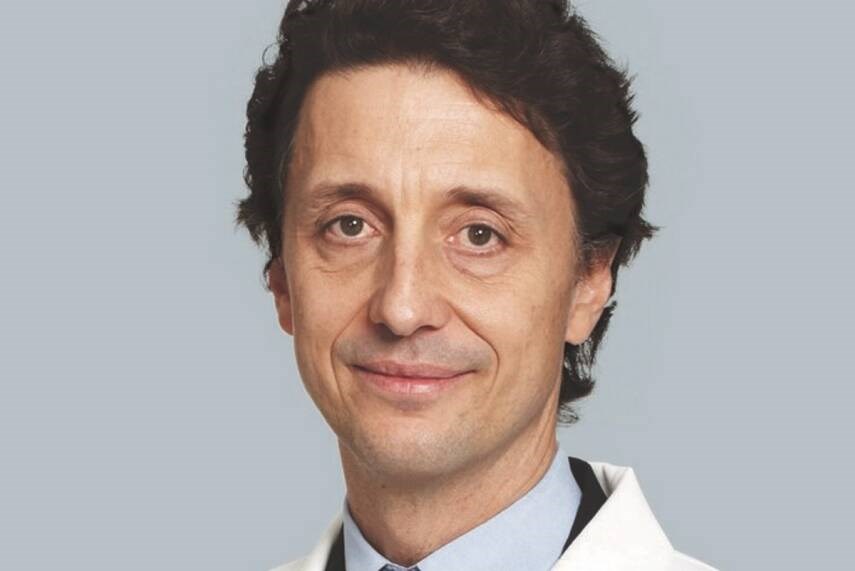Dear Dr. Roach: Does taking a medicine to reduce fever hurt? I read that fever is useful for the body to fight off infections.
J.S.
There is some experimental evidence that higher temperatures help the body kill bacteria and control virus infections, but the magnitude of the benefit is probably small. Fever is an ancient and near-universal response to infection across the animal kingdom, suggesting (but not proving) a benefit.
Studies that compare treating people with fever versus letting the fever run its course haven’t shown a clear benefit to treatment. However, there isn’t a lot of harm in suppressing a fever with medications like acetaminophen. Personally, I don’t rush to treat my adult patients who have a fever with medications or cooling unless the patient is very uncomfortable. It’s a matter of preference and is unlikely to help or harm a person much.
Dear Dr. Roach: I am a healthy 61-year-old male. I recently donated my left kidney anonymously in January, so I think I am extremely healthy. Would you happen to know if there are any limitations (age or otherwise) to donating a portion of the liver?
T.
It is a remarkable to give part of yourself to another person. I’ve never known anyone to donate both a kidney and part of their liver.
Age is a potential limitation on donating. Different programs may have different age cutoffs, but 60 is a common one. In one large study, there was no difference in complications when comparing donors from age 20 to age 63. Very overweight or obese people generally may not donate due to the risk of fatty liver disease.
The medical evaluation for a liver donor looks for evidence of infection (hepatitis and HIV in particular, but any chronic infection including tuberculosis or syphilis); any active cancer; psychiatric disease; and one genetic condition (alpha-1 antitrypsin). Any kind of coercion (including financial) would prevent a donation.
Finally, the donor must have a large-enough liver volume so that they will have adequate liver function after their donation. Either the left or right lobe of the donor’s liver may be used. The liver has the capacity to regenerate itself so that by six months, it is usually 80% to 90% of its original size. (Repeat partial liver donation is never allowed.)
There is the potential for harm from this surgery. A donor is usually out of work for two months or more, requiring assistance from others immediately after surgery. Published rates of mortality from donations range from 1 in 250 to 1 in 2,500. Those numbers may sound low, but they are much higher than a routine operation like a gallbladder surgery. Although 25% of donors had a complication, the vast majority were minor or minimal (such as a blood transfusion).
I admire your altruism, but personally, I think you have more than adequately donated. A partial liver transplant is a more difficult and dangerous surgery than a kidney donation, and it requires careful deliberation.
Dr. Roach regrets that he is unable to answer individual letters, but will incorporate them in the column whenever possible. Readers may email questions to [email protected]



